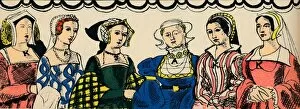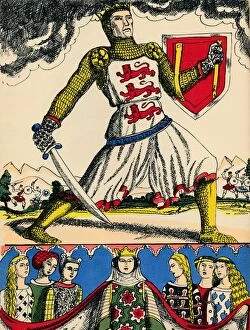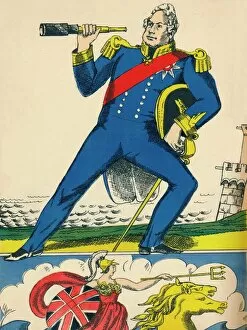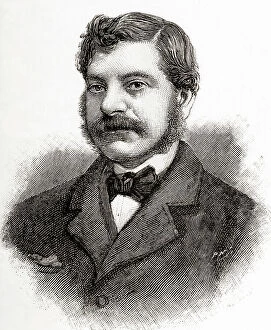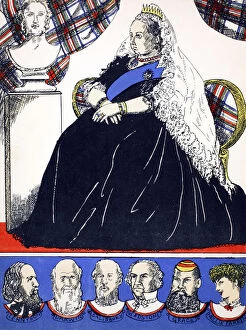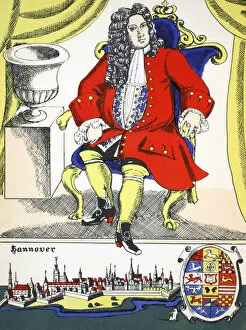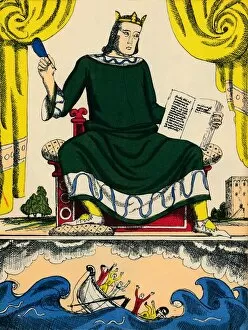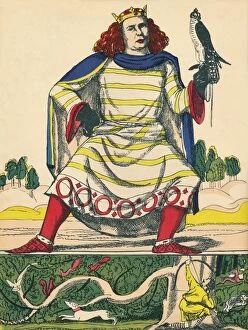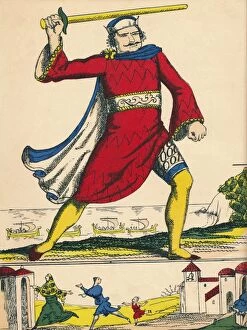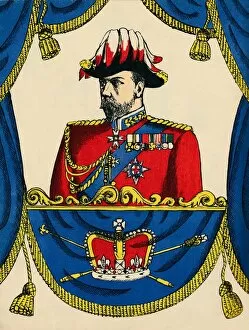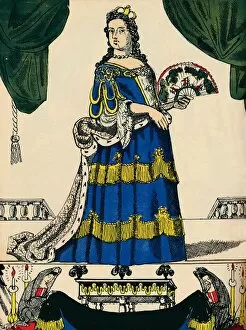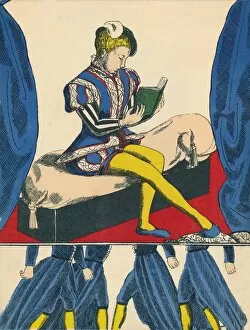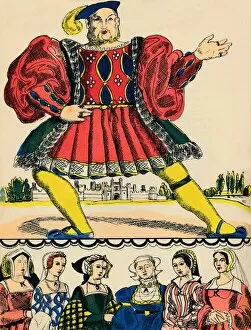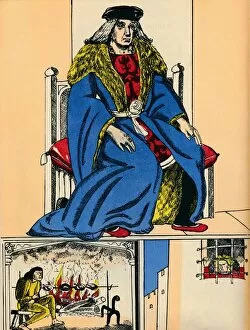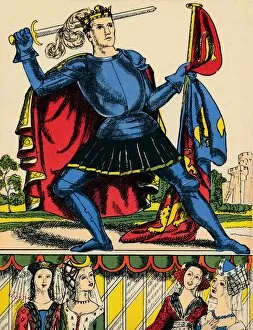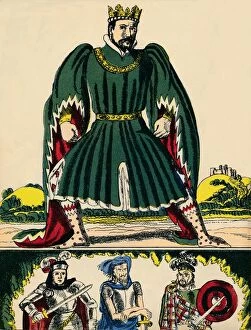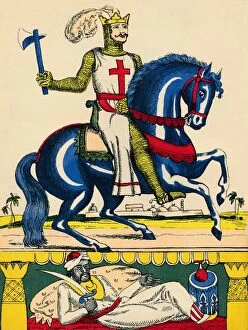Farjeon Collection
"Farjeon
For sale as Licensed Images
Choose your image, Select your licence and Download the media
"Farjeon: A Glimpse into History through the Artistry of Rosalind Thornycroft" Step back in time and immerse yourself in the captivating world of British monarchy with the extraordinary artwork of Rosalind Thornycroft. In her collection, she brings to life some of the most iconic figures from English history, capturing their essence and leaving a lasting impression. Edward I, known as "Longshanks, " ruled England from 1272 onwards. Thornycroft's portrayal showcases his regal presence and commanding aura, reminding us of his significant impact on medieval England. William IV, who reigned during the early 19th century, is depicted with an air of sophistication and wisdom. The artist skillfully captures his dignified demeanor while hinting at the challenges he faced during his reign. The portraits of Henry VIII's six wives transport us to Tudor times. Each wife is portrayed individually, revealing their unique personalities and fates within Henry's tumultuous court. Through these paintings, we gain insight into this infamous king's personal life and its repercussions on English history. Henry VI's portrait reflects both strength and vulnerability—a monarch whose reign was marked by political turmoil during the Wars of Roses. Thornycroft expertly conveys this dichotomy in her work. Charles I stands tall in his portrait—his gaze unwavering despite facing immense opposition during a period that ultimately led to civil war. This painting serves as a poignant reminder of one man’s struggle for power amidst turbulent times. Victoria's portrait exudes grace and poise befitting a queen who reigned over Great Britain for more than six decades—the Victorian era itself named after her illustrious rule. Thornycroft captures Victoria’s enduring legacy through her artistry. George I takes center stage—an influential figure who brought stability to Britain after years of political uncertainty following Queen Anne’s death. His regal presence is palpable in Thornycroft's portrayal.

